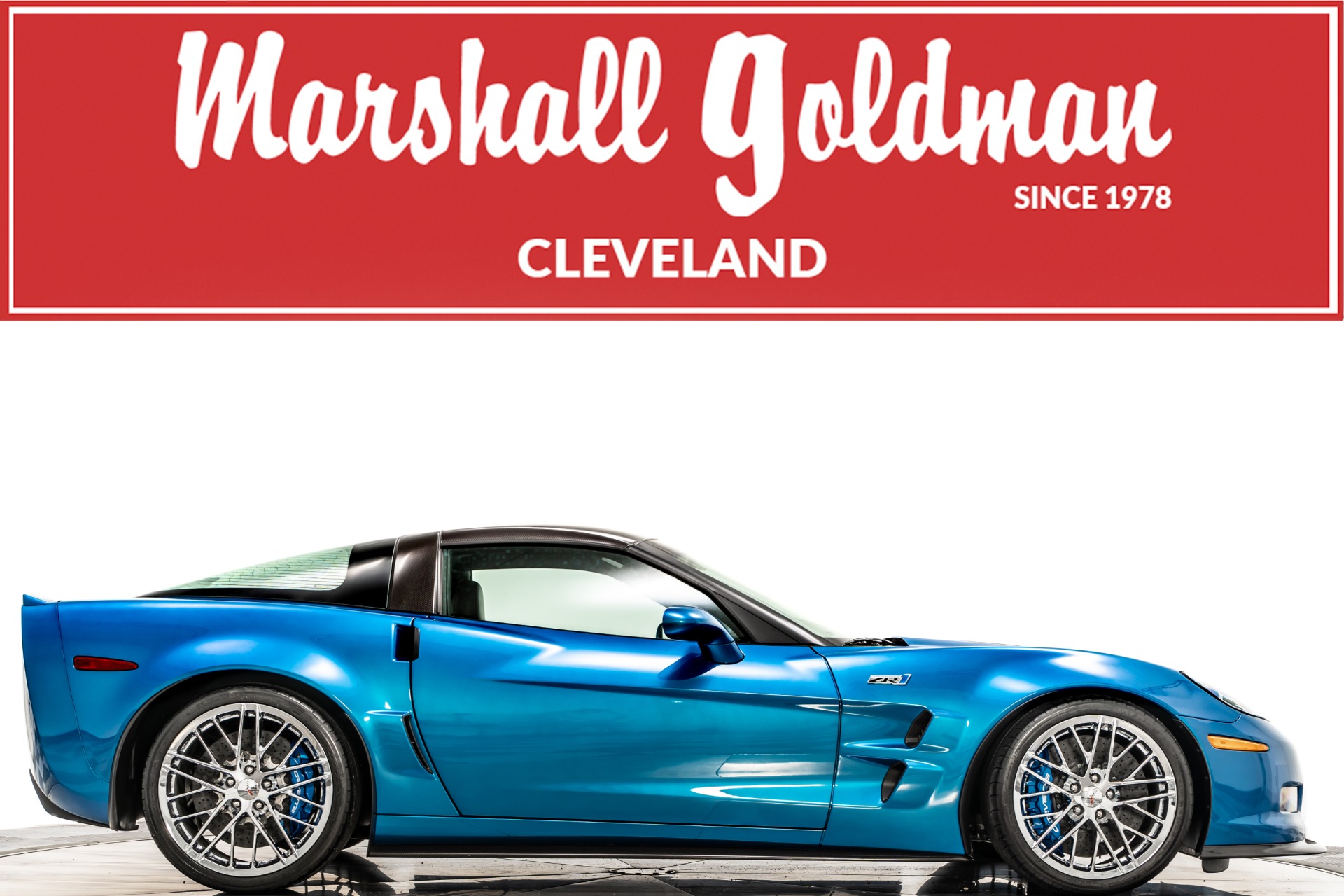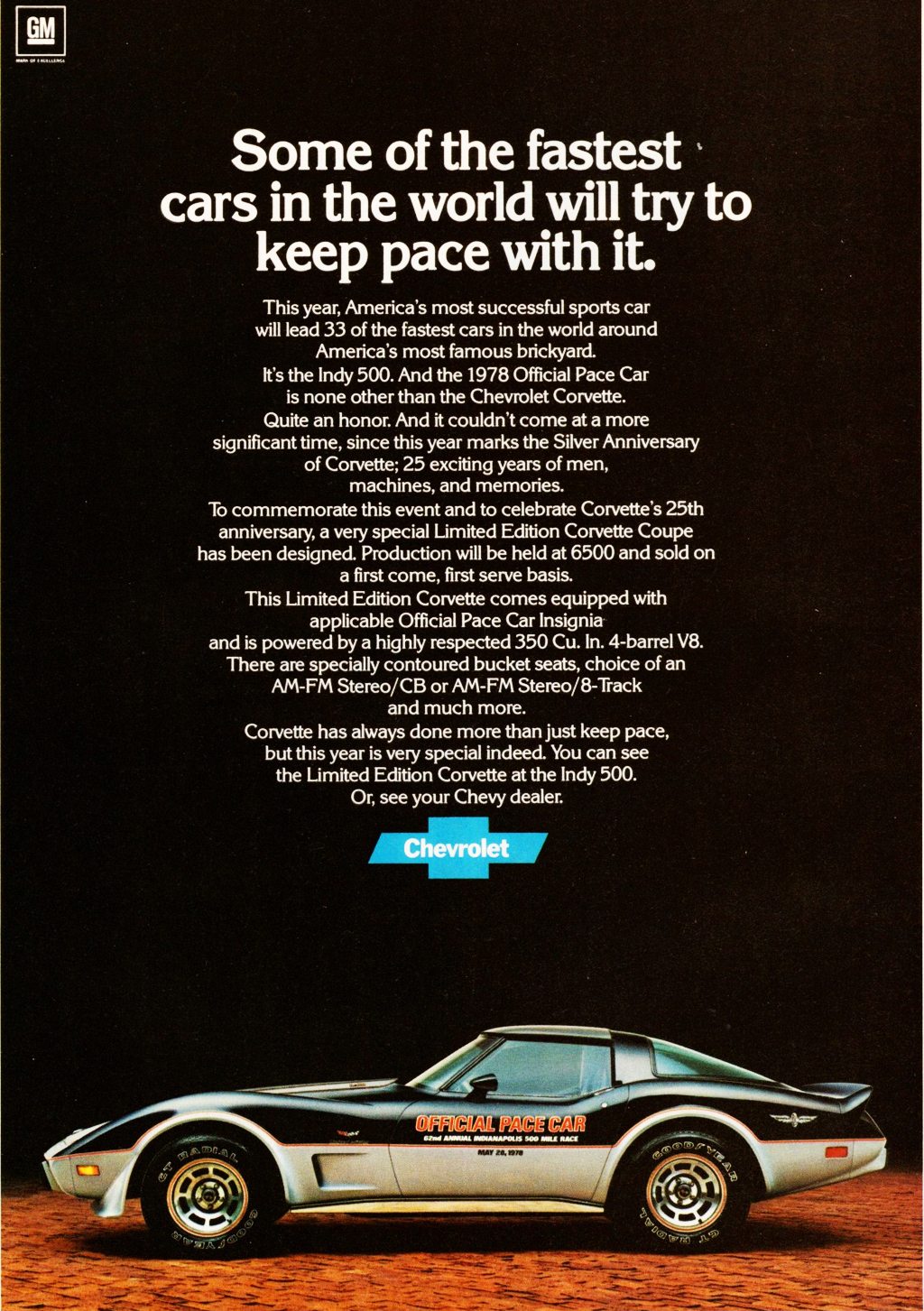Breathtaking doesn’t even begin to describe the Chevrolet Corvette. She’s coveted by muscle car enthusiasts and speed demons, but the show-stopping Blade Silver Metallic edition takes it to another level entirely. This isn’t just automotive engineering — it’s four-wheeled artwork that demonstrates Chevrolet’s dedication to both form and function. In this article, we’ll delve into the broader implications of this gorgeous metallic hue. Buckle up, because this story is as exciting as the car itself.
Table of Contents
Origin and Evolution of the Blade Silver Metallic

The Blade Silver Metallic was not just a spontaneous choice for the Chevrolet Corvette; rather, it was birthed from decades of careful experimentation and meticulous design choices. Its origin roots back to the basic silver hues used in several car models in the mid-20th century, a time when automobile cosmetics were beginning to be considered as seriously as the mechanics beneath. Silver, then seen as a symbol of modernity and elegance, was a typical sight on the roads. However, it lacked a certain depth and character.
Recognizing this, Chevrolet decided to breathe new life into the common silver shade somewhere in the late 2000s. By combining a proprietary blend of mica, aluminum flakes, and clearcoat finishes, the Blade Silver Metallic was born. Without straying too far from the modern, futuristic vibe of basic silver, it introduced a sense of dynamism, like a finely sharpened blade glinting under sunlight.
But evolution is a constant process, and the Blade Silver Metallic was no exception. Over the years, Chevrolet continued refining the shade, tweaking the balance of its components to give it more depth and three-dimensionality. The metallic particles within the paint were designed to reflect light in various directions, creating a captivating visual effect that changes with lighting conditions and viewing angles. This approach meant that the paint didn’t just look silver, but it also had an inherent radiance that added volumes to the Corvette’s sleek, aerodynamic profile.
The evolution of the Blade Silver Metallic saw it shifting from a simple, single-tone paint to something more profound. No longer was it merely a shade of color; instead, it transformed into a defining visual characteristic that instilled a sense of speed and agility into observers even before the Corvette’s powerful engine revved to life. Much like the vehicle itself, this particular color option was painstakingly mastered over time, with every iteration serving as an improvement over the last.
By the time it was aptly named “Blade Silver Metallic”, it had evolved into a symbol of the Corvette’s uncompromising pursuit of design excellence and performance superiority. This shade represents the perfect marriage of imagination and precision, capturing the essence of the Corvette’s design ethos – an unyielding commitment to pushing boundaries, both mechanically and aesthetically.
Influence on the Corvette’s Design and Iconic Status

When it comes to the iconic stature of the Corvette, it’s impossible to separate its design aesthetics from the mystique surrounding it. Yet, there’s something about the Blade Silver Metallic color that takes its onion-like levels of allure and cranks them up a notch.
This tone, sleek and potent, is more than just a cosmetic enhancement for the Corvette. The color became an integral part of the vehicle’s DNA, encapsulating its high-performance character and its tread-burning, heart-racing soul.
Let’s not forget the proud history of the Corvette. It’s indisputably one of America’s longest-standing and best-loved sports cars—a dream machine for any petrolhead. It’s a symbol of the open road, freedom, and a full-throttled embrace of life. And, in many ways, the Blade Silver Metallic color encapsulates this spirit. It’s glamourous, yet gutsy—reminiscent of the chrome-laden glory days of American automotive design but showcased in a head-turning, modern package.
This color has breathed new life into the Corvette’s look while respecting its lineage. The Blade Silver Metallic not only amps up the Corvette’s bold lines and curves but gives it a mean, mechanized look—an embodiment of raw power and precision engineering. It’s not simply silver. It’s a futuristic sheath for a tire-shredded, asphalt-devouring beast.
Fans and collectors recognize the Blade Silver Metallic Corvette for what it is—an automotive icon. The color contributively adds to the brand’s heritage and appeals to a wide demographic from classic car enthusiasts to younger, speed-thirsty drivers.
Crucially, this iconic status and high demand feed directly back into the Corvette’s design process. Designers and engineers continue to tweak and refine the Corvette, always mindful of its history, its performance, and its stylish reputation. Every adjustment, whether it’s a change to the aerodynamics, horsepower, or the introduction of a new trim level, is carefully considered. Blade Silver Metallic isn’t just a color option—it’s an essential part of the ongoing legend of the Corvette.
Like a silver screen hero, the Blade Silver Metallic Corvette stands tall and proud, ready to leave lesser cars in the dust. It’s not just a car—it’s a social statement, a piece of heritage on wheels, and a reflection of the American dream at its most powerful and seductive. In these and countless other ways, this vibrant shade is not only reflective of the Corvette’s design and iconic status—it’s a turbo-charged part of it.
Commercial Impact and Market Reception

The Blade Silver Metallic of the Chevrolet Corvette didn’t merely accentuate its sleek design; it thunderously reverberated throughout the automotive market causing ripples that were felt far and wide. Adding the proverbial chrome to the American Dream, this high-performance sports car, rendered in lustrous silver, managed to conquer both the hearts of consumers and the auto industry alike.
Automotive enthusiasts and potential buyers immediately became fanatics, drawn to the Blade Silver Metallic Corvette’s hypnotic allure. Its glistening silver quickly became synonymous with speed, power, and an untamed spirit – values deeply ingrained within the Corvette ethos. The sales figures echoed this sentiment. The Blade Silver Metallic, in particular, seemed to gain traction among a wide array of consumers, amplifying already booming Corvette sales.
The market reception was nothing short of stellar. Dealerships reported significant depletions in stock, with backorders piling up for the slinky silver speedster. It became evident the Blade Silver Metallic was more than just a color option, it was a game-changer. Its popularity spurred competition amongst rival brands who attempted, often in vain, to recreate their own “silver bullet”.
In terms of impact on the broader car market, the Blade Silver Metallic had a strong influence on color trends. While more traditional colors like black, white, and red remained consistent favorites, the introduction of this unique silver hue sparked intrigue and interest. This resulted in an uptick in other car manufacturers offering more metallic choices, ushering in a new era of car color possibilities paralleled with advanced automotive paint technology.
From a commercial standpoint, the Blade Silver Metallic was a strategist’s dream come true. Its launch not only created an exclusive identity for the Chevrolet Corvette but also played a significant role in solidifying its legendary status. The Blade Silver Metallic is now seen as an icon in its own right, a badge of honor proudly worn by one of America’s most celebrated sports cars – the Chevrolet Corvette.
In conclusion, the Blade Silver Metallic didn’t just add a fresh coat of paint to the Chevrolet Corvette; it redefined its commercial appeal and sparked a market sensation. Its impact reverberates to this day in the form of futuristic color palettes, technological advancements in auto paint, and a deepened admiration for the iconic Chevrolet Corvette. In the world of automotive paint, it wouldn’t be an exaggeration to say the Blade Silver Metallic Corvette truly made ‘every other color irrelevant’.
FAQs
Why did Corvette choose the Blade Silver Metallic for their car?
How does the Blade Silver Metallic paint impact the Corvette’s resale value?
Does the Blade Silver Metallic color impact the performance of the Corvette?
Conclusion
The Blade Silver Metallic shade on the Chevrolet Corvette isn’t just another color option. It’s an extension of the car’s personality and a contribution to its overall appeal. This sultry shade amplifies the Corvette’s sleek design whilst maintaining its classic vibe. It commands your attention just as much as the Corvette’s raw power and dramatic capabilities do. If you want a Corvette that is as visually striking as it is mechanically impressive, Blade Silver Metallic is the sublime color choice.
